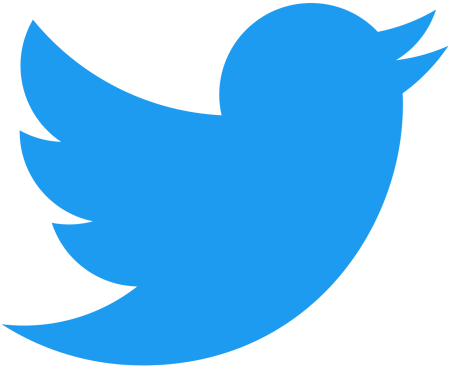There are over 200 Million businesses on Instagram. And, according to the platform, 90% of people on Instagram follow a business.
Why could this be? As people are increasingly using social media to research prospective purchases, Instagram serves as an outlet for brands to creatively show their products, services, or happy customers in action.
One of the ways that brands on the app share content with audiences is through branded Instagram Stories. These Stories enable audiences to learn more about your brand and what you offer — generating interest with prospective buyers and creating trust.
In this post, discover high-quality Instagram Story tips and tricks from businesses that effectively use the feature on the platform.

If you’ve been on Instagram for a while now, you’re probably more than familiar with its Stories feature. But if you’re new to the platform, here’s a quick explanation of Stories:
While an individual might use a Story to show photos or videos from a vacation, work, or other aspects of their daily life, brands often use this feature to highlight photo or video content about their product, brand, or a topic related to their industry. By doing this, the brand might entertain and gain awareness from Instagrammers who enjoy tapping through random Stories.
To make your content even more interesting, you can also add GIF stickers, text overlays, filters, and interactive features — like polls and quizzes — to Stories after you upload or shoot them. You can also optimize your Story by adding text overlays with relevant hashtags or by adding handles of users that are affiliated with the content.
Whether you’re new to the app or a pro, you might be wondering where to start when it comes to using this feature for your brand. You might also worry that this strategy could be expensive, time-consuming, or require graphic design skills.
The truth is, creating Instagram Stories can actually be pretty simple and fun for your social media managers. Case in point: recent HubSpot research found that 46% of marketers already leverage the feature in their marketing strategies, and 55% are planning on increasing their investment in Stories for 2022.
To help you plan your Instagram Story strategy, we’ve compiled a list of 25 brands that have mastered the app feature. Although the brands on this list are larger companies, all of them have strategies that could be easily scaled to fit the marketing budget of smaller companies.
25 Brands Using Instagram Stories
Abercrombie and Fitch, a clothing company, often uses Instagram Stories to call attention to their offers. By sharing high-quality product photos, they’re more likely to capture audience attention, spark interest, and inspire someone to make a purchase.
In the image below, Abercombie and Fitch shares a Story featuring an exclusive online-only item and includes a “Tap To Shop” link.
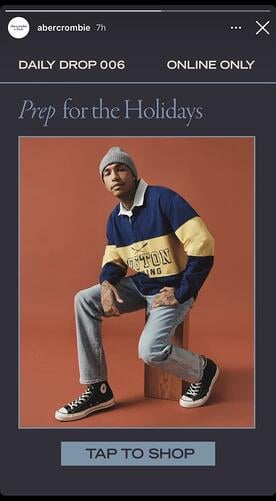 Takeaways:
Takeaways:
Abercrombie and Fitch stands out with its high-quality product photos, and the copy included in their stories. It doesn’t just share a picture of a product but also reminds viewers that it’s time to start shopping for the holidays and that they can quickly begin shopping for the holidays by tapping to shop.
While LEGO commercials and other branding material might be more targeted to children, its Instagram approach is targeted to older audiences that will buy the product. These audiences could include young adults that love puzzle projects, or parents that might buy a set for their children.
LEGO’s Instagram primarily highlights works of art made with their products. While this might be interesting for younger people on Instagram, it could also be fascinating to older people who used to play with LEGOs and might want to buy them for their children.
LEGO adds to these Stories with interactive polls and quizzes. In a recent Story celebrating Harley Davidson, they showed a LEGO replica of a motorcycle and included a quiz that asked, “How many LEGO elements are in this life-size Harley?” This is a great example of how a brand can use a relevant quiz to engage people in an interesting way.
Takeaways:
LEGO’s Instagram is a great example of how a brand that sells a product primarily to one age group can adjust its content for social platforms that host audiences from other generations. While they’re still on brand and hone in on LEGO nostalgia, they do a great job of creating interactive content specifically for the young adults on the platform.
NASA leverages beautiful space imagery, pictures of cool gadgets they work with, and interesting space discovery news to create Stories that speak to science lovers. On any given day, you might see a Story about a new planet, polls related to space travel, or quick historical fun facts.
NASA’s style is surprisingly casual and easy to comprehend. Although the organization’s content discusses complex topics like space, science, and technology, its Stories do a great job at cutting to the chase by explaining what’s interesting or newsworthy in a way that’s understandable to those without science degrees.
To pull in viewers, NASA begins Stories with an interactive element or text that summarizes the topic they’ll discuss. Here are two pages they used to kick off different Story editions:
Takeaways:
NASA’s strategy of grabbing audiences with quick, understandable, and interesting information can be key on many fast-paced social media platforms where people merely glance at a post or tap quickly through a Story before moving on to the next interesting piece of content.
When it comes to their overall approach, NASA does a great job at leveraging the strong content and information it has readily available to create unique Stories about space. While some brands might need to get super creative and brainstorm Story content from scratch, NASA recognized that its photo and video content would align well with Instagram Stories.
If you’re part of a smaller brand that has highly visual products or content, you might want to prioritize visual social platforms like NASA has done. Not only will it be easier for you to leverage visual content that you’re already creating, but you’ll have a leg up on brands that aren’t as visual.
Additionally, while some people might be intimidated by scientific discussions, they might still follow NASA because the brand publishes jargon-free stories that simply explain need-to-know details about complex topics. If you have a highly technical or complicated product or service, take a page from NASA’s book and use Stories as a chance to be more accessible to your audience.
MIT Technology Review’s Instagram content isn’t only for academics and science experts. The publication actually does a great job of creating and telling stories most of the Instagram’s audiences can understand.
One of the publication’s Instagram Story strategies involves taking long-form pieces of content and abridging them for the platform. Because MIT Tech Review is verified with over 1.1 Million followers, it’s able to include “swipe ups” in Stories. A swipe up is a CTA that says something like, “Swipe up” or “Read more.” When a viewer sees it, they can swipe their finger upward to see a page or article from the publisher’s website.
If you can include swipe ups, this tactic is both creative and might be helpful for boosting traffic to full stories. Users might read an interesting, but short, Story — like the one below about 2019 technology fails — and want to swipe up to see a full long-form article.
Takeaways:
While NASA leverages its exclusive visuals, MIT Tech Review similarly leverages its readily available editorial content. Rather than writing separate news content for Instagram Stories, they adapt pre-written articles that they think will be interesting to Instagram readers.
This abridged-content strategy could be excellent for publishers or brands that regularly blog. If a brand can’t link Stories to their website just yet, they could still create a shortened version of a blog post and alternatively include a page that says the article’s link can be found in the Instagram account’s bio.
The Harvard Business Review often centers Stories around management, professionalism, and career-life. Like the MIT Tech Review, it uses a casual tone of voice and similarly adapts long-form content into abridged Stories. However, one key difference is that HBR is a bit more interactive.
While HBR embraces Instagram’s poll, quiz, and other interactive Story features, it also gets creative by adding its own spin on interactivity to a story. In the example before, the publication shows users a burn-out checklist which they can screenshot and check off. The story then gives you advice for what to do if you checked any of the boxes.
For readers that want to know more, they offer a swipe up to a long-form article on their website.
Takeaways:
Although the name “Harvard” can sound intimidating, the publication’s Stories are easy for any reader to follow. This is a great example of how a brand can succeed by talking directly to the young, more casual audience of Instagram.
On top of an understandable and relatable tone, interactive elements like checklists, polls, and quizzes might make readers think more deeply about a topic than they had before. This might pull them into content because they want to learn more or dive deeper into a topic they were asked to vote on.
Even if you aren’t a publisher, doing something similar could be equally as beneficial to your content.
For example, if you’re running an Instagram account for an extermination company, you might start a story with a poll saying, “Do you know where bed bugs come from?” Then, you could tell a story of where they come from, how to prevent them, and how they can call an exterminator if their preventative measures don’t work.
People might tap through after taking the poll to see if they’re right about bed bug origins or because the question made them realize how worried they are about bed bugs.
Like NASA, America’s Test Kitchen, a website and video blog with recipe content, doesn’t go too far off-brand with its Instagram Stories. While many of America’s Test Kitchen’s videos on other platforms show you how to make a recipe, the brand publishes behind-the-scenes kitchen videos and shots of ingredients to amp up audiences for upcoming recipe videos.
In one Story, the Test Kitchen showed photographs and videos of bacon as chefs were testing out bacon recipes. The Story then offered up a poll that asked viewers how crispy they like their bacon.
Takeaways:
While America’s Test Kitchen’s Story strategy is perfect for food publications, it could also be helpful for restaurants as well. When someone sees a video of a restaurant’s chef cooking a new dish, it might make them crave that meal and go to the restaurant to order it. Additionally, as prospective customers see chefs cooking thoroughly and with care, they might also trust that their food will be prepared well
The Museum of Fine Arts, Boston uses Instagram Stories bring its current statues and paintings to life. While you might think that looking at pictures of 17th-century art might bore you, the MFA zests things up by partnering them with funny quotes, meme references, and polls.
For example, they recently presented multiple pictures of horse-related art accompanied with lyrics from the highly-memed song, “Old Town Road.”
Takeaways:
While the MFA is known for being prestigious and academic, it uses Instagram Stories like this to show that the brand can still be both humorous and hip.
This is an example of how a brand that could’ve been considered “dry” on Instagram thought outside the box to show off their product in a whole new way. While it can be beneficial to stay on brand if you align well with a platform, some companies or organizations, like museums or national parks, might want to experiment with odd new content strategies on fast-paced platforms like Instagram.
Aside from Instagram’s own account, National Geographic is the most-followed brand on the platform. Like its standard photo posts, the publisher experiments with a variety of different content styles.
While NatGeo’s Stories usually highlight mini-documentaries, they also occasionally include polls or quizzes. This is a good example of how mixing things up and experimenting with different content styles can keep your audiences on the edge wondering what type of content they might see next.
Like MIT and Harvard, National Geographic also occasionally abridges long-form content in order to promote an article or video that a viewer can swipe up to. In the example screenshotted below, they promote a video that discusses the history of NASA’s Apollo mission, while tagging NASA for some added Story optimization.
The brand has also dabbled with sponsored content. In one edition, sponsored by Barbie, they told the story of a female conservation photographer. This was an interesting example of a sponsorship which allowed National Geographic to tell a beautifully shot story about nature, while aligning with Barbie’s mission to encourage female empowerment.
Takeaways:
Like MIT Tech Review and NASA, National Geographic leverages the beautiful and exclusive imagery it already has to adapt interesting on-brand content for Instagram. This allows the company to use their resources in an economic way while also promoting long-form content that goes into more detail than the Story does.
While NatGeo does a great job of adapting content, it also experiments with partner content. When even small brands partner with other companies to create content, production can be more affordable, and launching the content could help both brands gain fans from the other’s base.
YouTube Music uses its Instagram account to inspire users to download the YouTube Music streaming app. By pairing high-quality visuals with audio snippets, viewers get an exciting preview of what’s to come when they download the app.

Takeaways:
Listening to music is typically an audio-only activity, where people click play and, well, listen. YouTube Music uses Instagram Stories to take the music listening experience to the next level by sharing song snippets paired with high-quality photos of the artists, which is not something that usually goes along with listening to music.
Audience members know that YouTube sometimes connects the song to the artist, and users may excitedly check its Stories to see if a photo is shared of their favorite artist.
Like America’s Test Kitchen, the restaurant chain Outback Steakhouse leverages images of delicious food and polls to engage its Instagram Story audiences.
While some Stories feel like ads by discussing promos and deals, others feel more interactive and creative.
For example, in one recent Story, users were shown multiple Outback menu items for each dinner course, then they were asked to vote on which meal they wanted for each course. At the end of the Story, Outback noted a multicourse dinner deal they were offering. This is a great way of highlighting multiple products at once without making your audiences feel overwhelmed.
Takeaways:
If you can’t think of an idea for a Story with a more traditional plot and narrative, Outback proves that you can still pull people through a series of images in a way that feels more like an interactive experience than an ad.
A variety of different brands could take on a similar strategy. For example, if you were a marketer for a shoe company could post a Story that allows people to vote on the shoe styles that they’d wear for different occasions. This type of story would allow your audiences to see and weigh in on two different styles of your products at once.
Later, when they can’t figure out which shoes they want to wear to an outing, they might remember your Story and go to your shoe outlet knowing you have a bunch of different options.
Nike’s Instagram Stories feature interviews with prominent athletes who use Nike products. During the interviews, the athletes talk about their career accomplishments, rather than focusing on Nike products.
In the example below, soccer player Alex Morgan told the story about how she realized she wanted a different career path than her sister.
Although this has nothing to do with shoes, the content aims to motivate athletes who might want to purchase shoes worn by other successful people in the sporting industry.
Takeaways:
Leveraging relevant influencers, like Nike, allows you to create content that aligns with your brand without purely focusing on your product.
People might watch these Stories to learn more about the famous athletes being interviewed. Then, they might trust Nike’s brand more because these successful athletes also trust its products.
While a small company might not be able to hire or film a famous athlete or influencer, they could still experiment with a similar strategy by interviewing smaller influencers or experts within their industry.
For example, if a gym owner wants to gain more clients, they could interview a local athlete about their goals, accomplishments, and what motivates them. People interested in the local athlete might watch the video to learn more about the person, but then consider a gym membership if they want to have similar athletic accomplishments.
Black Girl Sunscreen is a beauty brand that sells sun safety products. It uses its Instagram to share high-quality product photos, share influencer collaborations, and educate audiences on the importance of sun safety and using its products.
In Stories, Black Girl Sunscreen often shares user-generated content of audiences using its products and relevant brand announcements, like the Cyber Monday announcement shown in the image below.
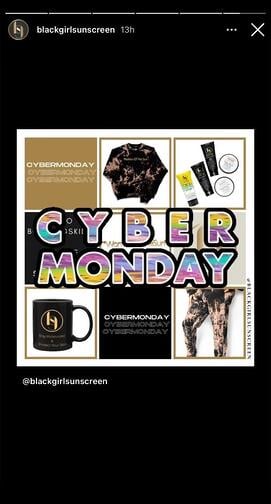
Takeaways:
A great way to keep users engaged on your profile is to share exciting content with them, especially when it comes to upcoming deals. People want to know when they’ll have access to deals for their favorite products, so sharing these announcements on Instagram Stories is a valuable strategy.
Stories are a major part of the travel company’s Instagram strategy. In fact, they have a few different styles of Stories. For example, which gives short profiles of Airbnb customers is called “Experiences, while another — called “Adventures” combines curated and Airbnb-recorded content to show documentaries of unique vacations around the world.
Here’s an example of one of Airbnb’s experience pieces which centers around a customer who regularly stays in Brooklyn. Aside from explaining what the customer does, Airbnb also uses polls and quizzes related to her job to get people interested in the history she researches:
While Airbnb creates a lot of high-quality video and animated content for its stories, they also don’t shy away from sharing high definition customer videos while crediting and tagging them.
Here’s another screenshot from one of the brand’s Adventure Stories where they included videos of an Airbnb customer swimming with sharks and credited them with their account handle:
Takeaways:
One of the best ways to gain brand trust is by telling or presenting stories from happy customers. Airbnb’s Instagram team recognizes this and centers its storytelling strategy around that.
While they film and present their own beautiful footage and documentaries, they also are wise to share user-curated videos and images — a great opportunity to show its fans how pleased customers were with their trips.
Although this customer experience strategy works well for Airbnb, it could work for a variety of other companies, especially if they are still building up their customer base or selling a disruptive product that no one’s used before.
For example, if a new ride-share company had a few happy customers but wanted to boost its marketing strategy, it might create Stories where customers talk about interesting places that their shared ride brought them to, or maybe they’d discuss an interesting driver they met on a long ride. They could earn trust when prospective customers see how happy and safe customers felt when using the ride-share service.
Starbucks uses Stories to share customer testimonies, new product launches, and other interactive content. Although a lot of the brand’s content revolves around its drinks, the Stories don’t feel like advertisements because they embrace fun facts and interactive polls and quizzes.
In one example, Starbucks asks viewers to guess which drink is coming back. It then shares the best answers and reveals the S’mores Frap and image. To add some extra interactivity, viewers can vote on what type of S’mores Frap they prefer and guess how many s’mores are shown in a video.
Takeaways:
Even if they center specifically around a product rather than a narrative or plotline, Stories like these can still be fun from beginning to end. Starbucks does a great job of using interactive features to engage viewers.
By offering open ended questions and quizzes, they might engage with people who don’t like a specific beverage, but want to guess anyway. With the polls, they can gain similar engagement, while also possibly learning more about what drinks and flavors their audience prefers.
Telfar is a luxury fashion brand well known for its bags. Like many other brands on the list, it uses Instagram to share new product announcements, user-generated content, and high-quality product photos.
In the image below, Telfar uses Stories to share info about an upcoming event.

Takeaways:
People spend a significant amount of time on social media per day, so announcing events on Instagram Stories is a valuable strategy. You’re likely to reach your audiences where they spend a significant amount of time, and they’ll be excited by the opportunity to participate in an event for your business.
Yes. Obviously Instagram is excellent at posting Stories on its own platform. But, even though the brand is giant, they still rely on their fanbase for most of the content.
Almost all of Instagram’s Stories are filled with photos or videos submitted by users. This allows Instagram to show off some of the most beautiful imagery and the most interesting videos on the platform. Because they tag and credit users who submitted content, they also give those accounts some great promotion. This, in turn, makes Instagram look like they care about their community and how people are using the app.
Here’s a screenshot from a motivational story created by an Instagram user:
Takeaways:
Whether you’re marketing a small business or large business, you always want to be picking “low hanging fruit.” For those that don’t know this common startup saying, it means that if you see a huge opportunity in front of you, you should grab it. Just like you would grab a delicious-looking apple that was hanging low to the ground off of a tall tree.
By sourcing and republishing interesting content from some of its most engaging users, Instagram grabs its low hanging fruit and makes a delicious juice out of it.
Odds are, you’re not Instagram’s size — and you probably don’t have your own thriving social platform to pull content from. But, this doesn’t mean you can’t curate content from your customers in a more scalable way.
Like Airbnb, Instagram benefits greatly from highlighting content that was already created by its fans. If you’re a small business that regularly gets some type of content from your customers or fans, you can create a sense of trust and community by sharing it and acknowledging those individuals.
For example, if you run marketing for a clothing outlet and keep getting pictures of people wearing the dresses it sells, you could make a Story that shows photos from customers who wore those outfits to different outings. Like Instagram, you could tag those customers so they or their followers might see the Story.
In another scenario, say you’re running a local art studio. You might want to publish a Story that includes photos, sculptures, and paintings from your students. This allows your students to feel like you care about their success and want to share it, while also showing prospective students how much they could learn if they took your classes.
Sephora is an international retailer for beauty products and personal care items. With more than 20 million followers, audiences turn to their accounts to view educational content about the products they sell, collaborations with influencers, and unique images and videos about products.
The images below show that the brand shares informational content about its rewards program and upcoming offers on Instagram Stories.
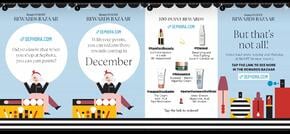
Takeaways:
Sephora’s Beauty Insider Rewards program is well known, as people can exchange points from purchases to receive free items. Sephora uses Instagram stories to show users what products they can expect to have access to with a certain number of points, generating excitement among users and inspiring them to make purchases to receive their free items.
The NBA regularly posts behind-the-scenes styled Instagram Stories which might highlight post-game celebrations, interviews, and other off-the-court happenings.
For example, a recent Story followed the Toronto Raptors parade in Ontario, Canada and showed clips of players with family members and posing for photo ops with the Canadian rapper, Drake.
Takeaways:
When you show the people behind a company or brand, it makes it feel more relatable or trustworthy. With the NBA, we often see players looking serious and tough as they play basketball. But, when you see them off the court, you realize that they’re human, just like you.
Although someone might not be a sports fan, they might still watch behind-the-scenes stories like this to learn more about the faces behind the brand or to get insight on how the world of sports works.
In other industries, people might also respond well to behind-the-scenes video. For example, if you’re marketing for a school or gym where professors and trainers might seem intimidating to prospects, showing Instagram Stories that follow them in their daily lives might make prospects less apprehensive about signing up for a course or membership.
Wayfair, an online furniture and home-decor company, publishes Stories that fall into five home-related categories: Wall Art Wednesday, #WayfairAtHome, Home Renos, Multifunctional, and Design Services.
When you visit its account page, instead of featuring multiple individual stories, they show you icons for each category. Once you click in, you’ll see multiple Stories that relate to each group.
Regardless of which category the Story falls into, Wayfair is always creatively weaving product shots into it in either a humorous or creative way.
Here’s a screenshot from a Story where the brand uses humor to show off wall art:
In another example, they give valuable tips for home renovation that acknowledge Wayfair products:
Wayfair includes a “See more.” swipe up call to action in every page of its Stories which allows viewers to swipe directly to a product immediately after its shown.
Takeaways:
If you’re working at an ecommerce company, or want to highlight and sell products quickly, Wayfair’s strategy could be beneficial. These Stories allow possible customers to see products in action and used in real-life scenarios, which might make them want to make a purchase.
If you can’t link your website to your Story, you could alternatively stick a product line link in your Instagram bio, then create a Story highlighting products that will be shown on that webpage. At the end of it, rather than including a linked call to action, you could direct viewers to your bio.
If you end up creating a bunch of Stories that fit into just a few categories, you might also want to consider presenting them as featured Stories like Wayfair does on its profile. That way, if someone is interested in one product category over another, they’ll know where to click to see relevant content.
The New England-based Italian coffee chain, Caffe Nero, uses its Instagram Stories to highlight new products, menu items, and it’s baristas. Recently, the company posted a Story about its “Barista of the Year” competition and award which highlighted the winner as well as eight baristas who were named as finalists.
Takeaways:
Whether you’re marketing for a local business or a chain, Stories can be a helpful way to highlight unique aspects of your brand — especially devoted and friendly staff.
By highlighting nine highly-skilled baristas and showing an award ceremony, Caffe Nero shows prospective customers that its employees are pleasant, want to help customers, are good at making coffee, and enjoy their jobs. It also makes Caffe Nero look like a brand that cares about both its staff and good customer experiences.
If someone has to pick between a huge restaurant chain with unhappy staff and a smaller chain with staff that cares about customer happiness, odds are, they’ll probably choose the second option because their experience might be smoother and more pleasant.
NYU’s Stories center around topics that you might see in a student newspaper. In any given story edition, you might find student profiles, historical fun facts about NYU, graduation speeches, and university-related newsbites.
In one Story, published on Valentine’s Day, NYU discussed alumni who fell in love:
In the same Story, they also highlighted instances of sibling students
And just recently, NYU published footage of its Pride Parade:
Takeaways:
Because Gen-Z and millennials flock to Instagram, this type of student-friendly content seems very well targeted. While many in Gen-Z are starting to enroll in college programs, some millennials might still be thinking about getting a first or second degree.
When prospective students are preparing to make a huge investment in college, they want to choose a school that cares about its students. With the strategy of telling interesting student stories and covering campus events, NYU gives possible students an idea of what going to the school might be like. These Stories might also show them how fun and diverse NYU could be.
If you’re part of a business that requires students or customers to pay large annual fees, one great way of showing them it’s worth it is by highlighting current customers or students. Emotionally, prospects might connect with people in their situation who are happy with a big investment that they made.
While this strategy works well for colleges and universities, it might also benefit other programs, such as a networking organization. For example, if you’re trying to market a group where members pay to attend networking events, workshops, or other career training, you might post Stories that talk about members who found jobs after joining, or use the platform to show videos of current members at an interesting networking workshop.
Planet Fitness leverages its diverse customer base by promoting gym triumphs in its Instagram Stories. Its featured Story includes one customer triumph or success story on each page with teaser language encouraging viewers to swipe up to the Planet Fitness website.
The best thing about this Story is that it shows successes from a wide range of people. While you might see a highlight about an athlete preparing for a marathon one day, you’ll also regularly see moms going to the gym, friends working out together, or other testimonials about customer milestones.
Takeaways:
Planet Fitness continues to define itself as a “judgement-free zone” by showing realistic accomplishments by every-day people. Those who want to go to the gym might see these stories and feel like Planet Fitness is a realistic and welcoming place for them to start working out.
Every-day person success Stories can be a great way to lighten up your brand image if you think prospects are too nervous to come to you. Aside from gyms, this could be an approach for other businesses or brands that might be intimidating to customers.
For example, because people can get nervous around lawyers, a law firm might want to use Stories to post video testimonials from clients who won their court cases with help from the organization. In another scenario, a nutritionist might have patients volunteer to talk about their wellness success.
The non-profit organization which raises money for cancer research and treatments regularly keeps Instagram followers up to date with the projects its funding, cancer-survivor testimonials, and updates on its annual 5K Fun Runs.
Although cancer is a tough topic, The Jimmy Fund’s Stories are optimistic and promote the charity’s successes.
In one Story, the organization toured a state of the art cancer treatment center that they had helped fund:
In another, a cancer survivor gives five tips for living with the disease:
Takeaways:
If you’re a marketer for an organization that asks for donations or funding, you might already know that you’ll need to gain trust from your following in order to get the money you need. One of the best ways to show that someone’s donation will be put to good use is to promote how the funds are effectively being used to help others.
By using the Stories feature to present funded projects, like new cancer treatment centers, viewers can literally see what their money could go toward.
If you’re just getting a philanthropic organization or fund off of the ground, another way to earn trust could be by creating content that is valuable to the group you’re trying to help.
For example, along with noting what the charity has been funding, The Jimmy Fund also posts advice for cancer patients and cancer survivors. While those living with cancer can benefit from this, those who aren’t will see that the organization genuinely cares about the group it says it supports.
The home-improvement store uses a variety of different story styles to show off its products. While most are created by Lowe’s, other [1]stories are curated from customers.
In one curated story, viewers can watch a woman refloor her bathroom with tiles she bought at Lowe’s:
In a story created by Lowe’s, the brand takes a similar approach as Outback Steakhouse by allowing viewers to vote on which type of paint color they preferred in a specific room:
Takeaways:
While home-improvement might be nerve-wracking to someone who hasn’t done it before, Lowe’s uses colorful imagery and creative stories to show how fun and creative it can be. Because Lowe’s shows its own tools in these stories, novices who don’t want to be overwhelmed by product choices might just buy the exact same supplies so they can replicate what they’ve already seen.
If your company offers DIY products, whether they relate to home-making, cooking, art, or other activities, showing them in action can be a really great way to encourage purchases. How-tos and demonstrations can excite prospective customers and show them how easy it can be to do a home project. Because of this, they might run straight to your store to buy similar supplies or ask your staff to show them other products for another DIY project.
Tips for Creating an Instagram Story
If this list has inspired you to create a branded Instagram Story, here are a few key takeaways to remember as you begin to brainstorm your first edition.
- Identify and leverage content that might already align well with the platform. Do you have great customers that you can interview on camera? Or photos or videos of your product or service in action? While you’ll still want to adapt imagery or Story lengths to fit the platform, don’t be afraid to publish Stories with curated or pre-created content that you think will engage Instagrammers and prospective customers.
- Create content specifically for the platform’s audience. Whether you’re adapting content or creating it from scratch, make sure you’re posting about topics that younger and more-visual Instagram audiences will engage with.
- Use interactive features like questions, polls, and quizzes. These add depth to a story and might enable users to think about each topic more seriously.
- Keep stories quick and to the point. Don’t overwhelm your audiences with too much text or too many pages. This might cause them to tap out of your story.
- Add a swipe up if you can. These can be a great way to gain traffic through Instagram. Don’t have the swipe up feature yet? Here’s how you can get it.
Stories can be a great way to add some unique and engaging content to your Instagram strategy. If you’re ready to make one, but feel overwhelmed by all the app’s features, leverage the strategies used by the brands on this list — your audience will surely enjoy it.
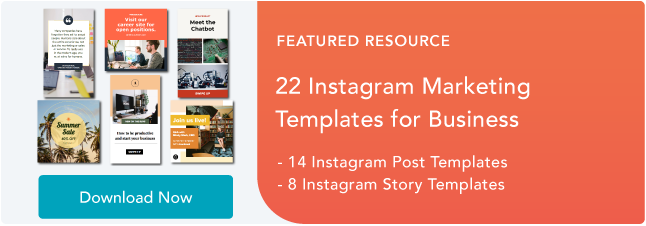

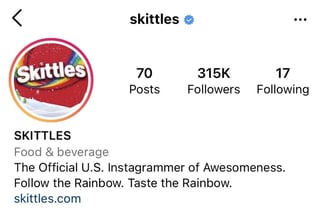

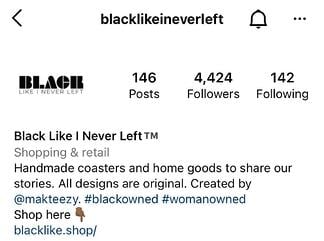
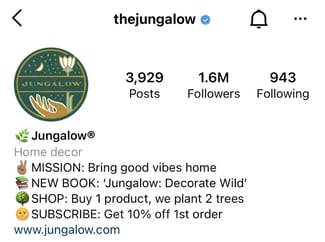

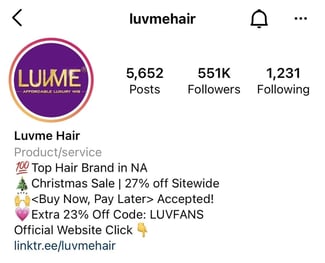
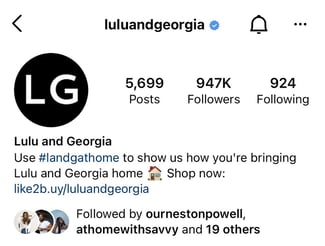
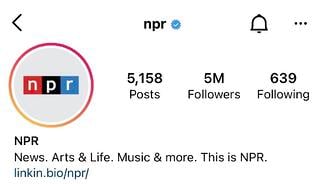
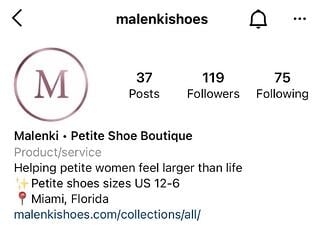
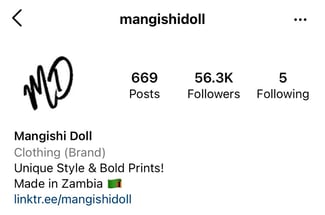
![]()

![→ Download Now: 80 Professional Bio Examples [Free Templates]](https://i4lead.com/wp-content/uploads/2022/01/4eb63650-d315-42e5-9ac7-8d0fcba29324.png)


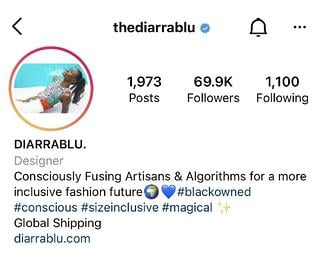



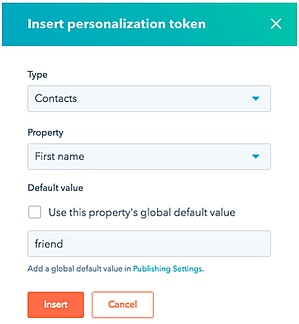
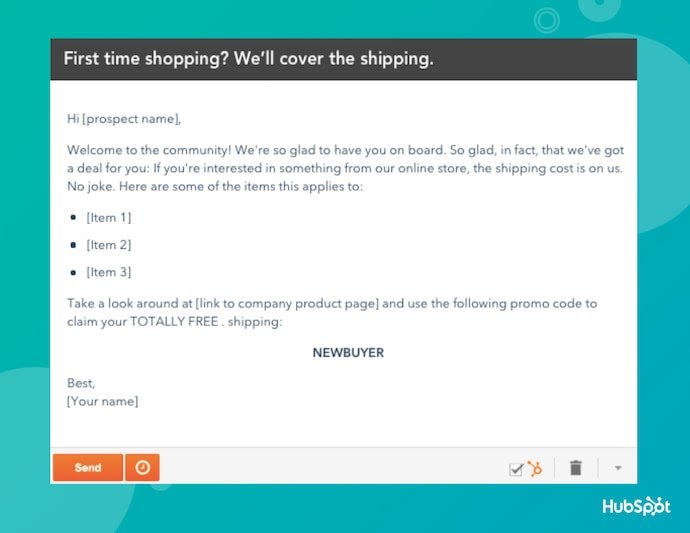
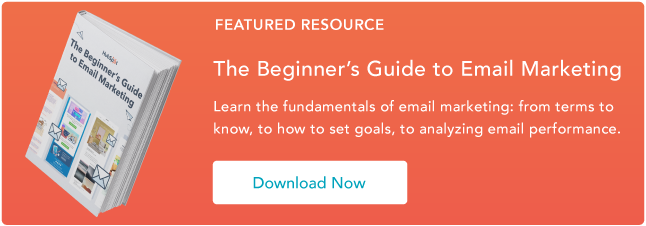

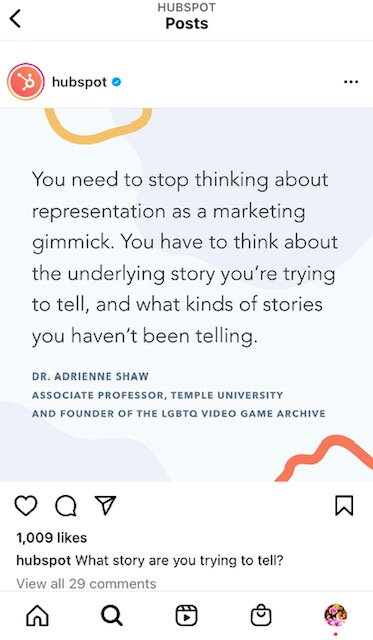



 Edit and filter the post like you would any other Instagram post.
Edit and filter the post like you would any other Instagram post.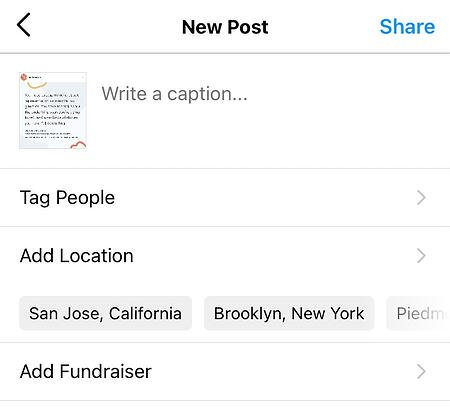
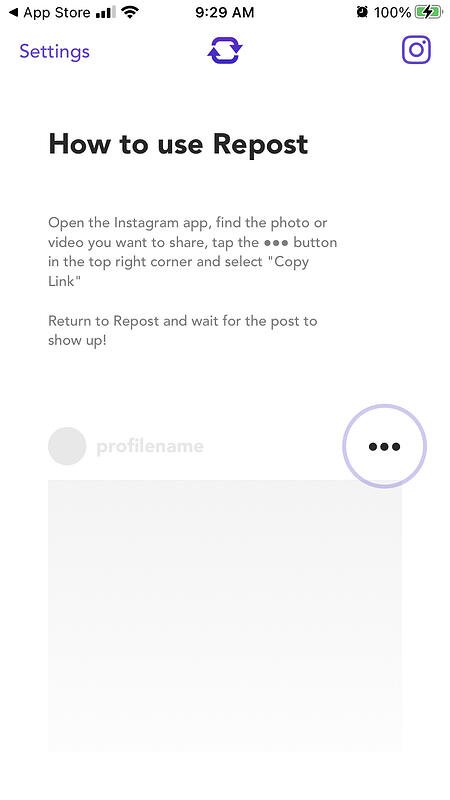


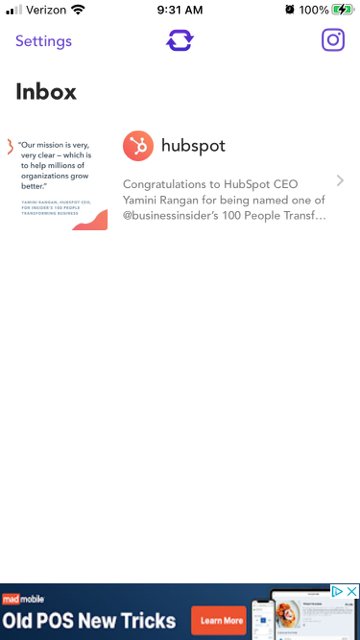 Tap the arrow on the right hand side of the post. There, you can edit how you want the repost icon to appear on Instagram.
Tap the arrow on the right hand side of the post. There, you can edit how you want the repost icon to appear on Instagram.


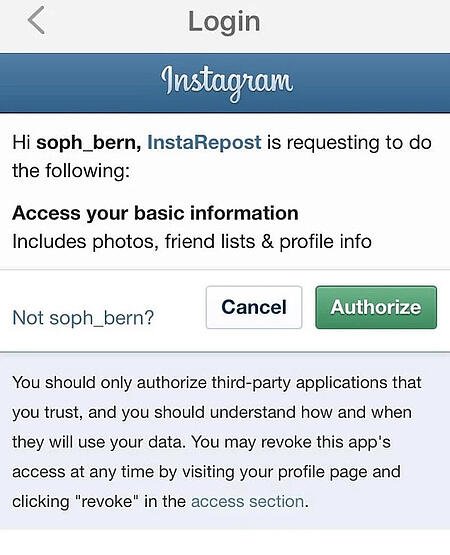

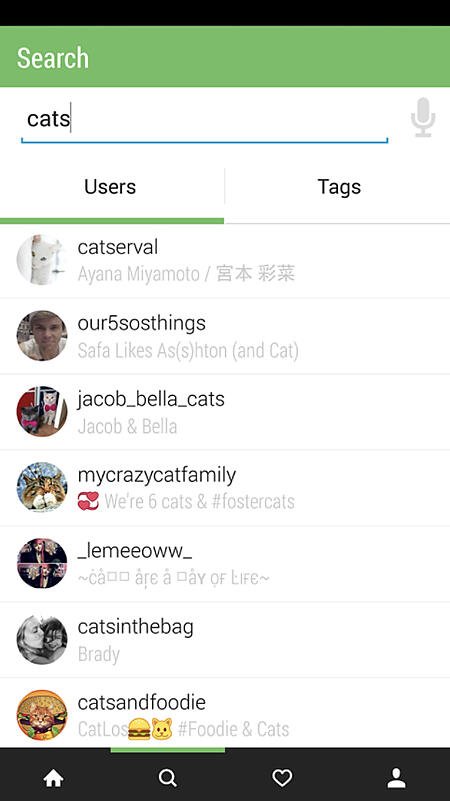




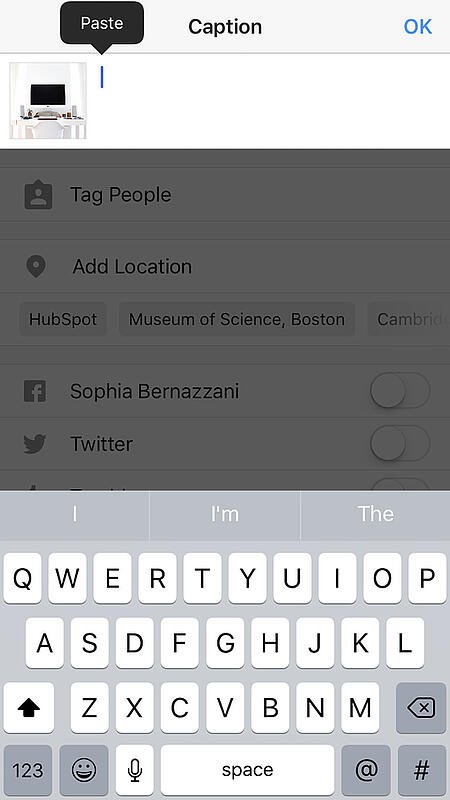


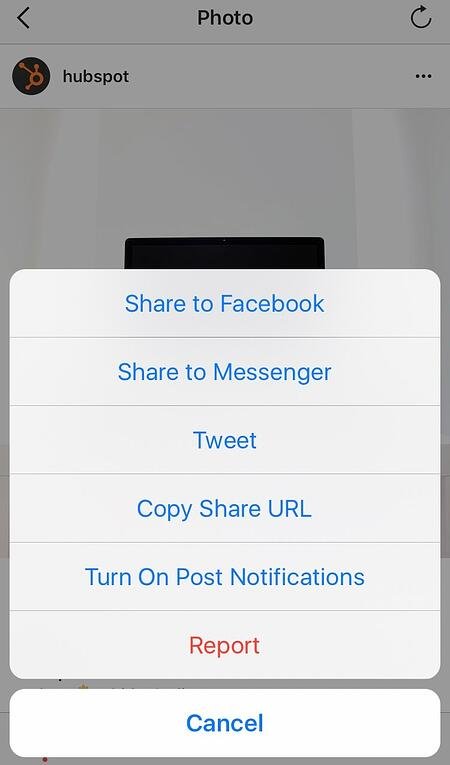

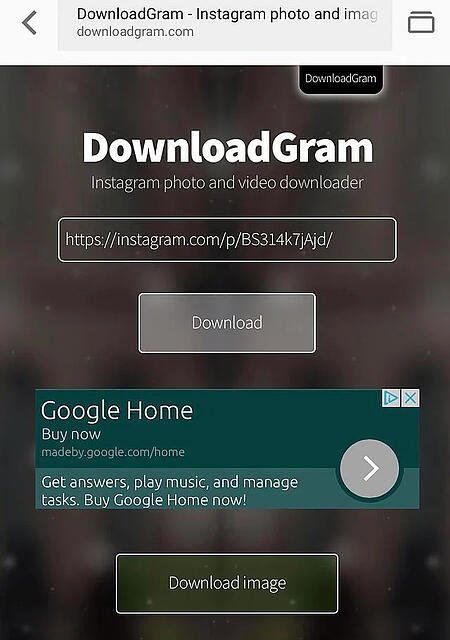

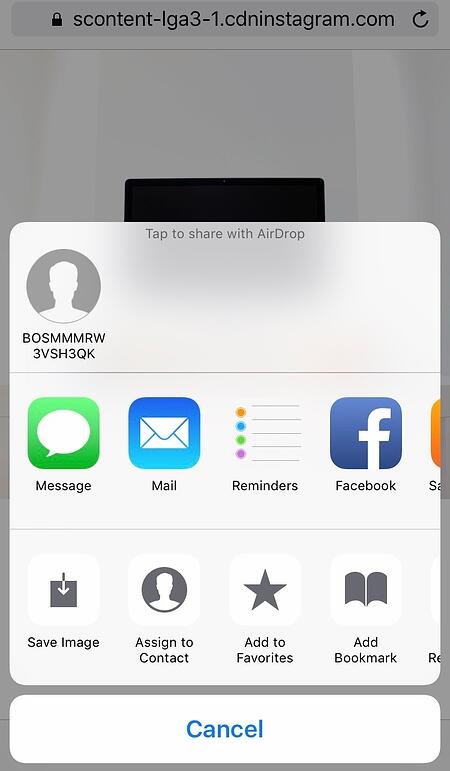


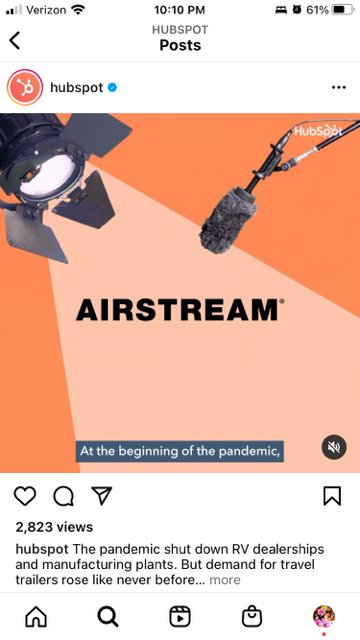
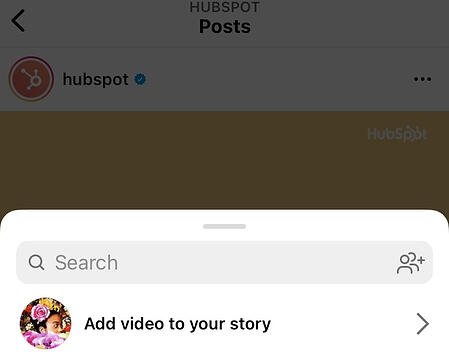
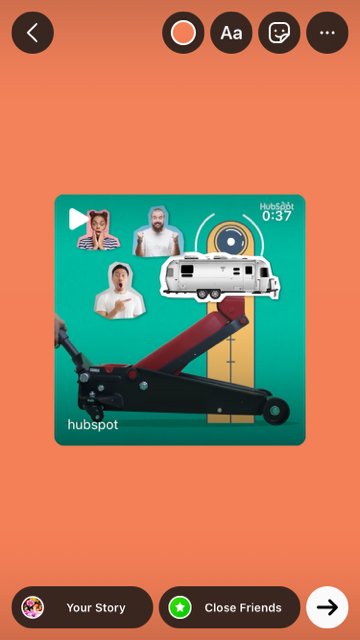 You should see a draft of your story. Use the icons at the top to modify text, color, stickers and other animations.
You should see a draft of your story. Use the icons at the top to modify text, color, stickers and other animations. With stories, the same best practices should be followed as for sharing a post. If you don’t know the person and suspect the content you’d like to re-share might be licensed material, ask for permission first. Give credit to the original posters whenever possible.
With stories, the same best practices should be followed as for sharing a post. If you don’t know the person and suspect the content you’d like to re-share might be licensed material, ask for permission first. Give credit to the original posters whenever possible.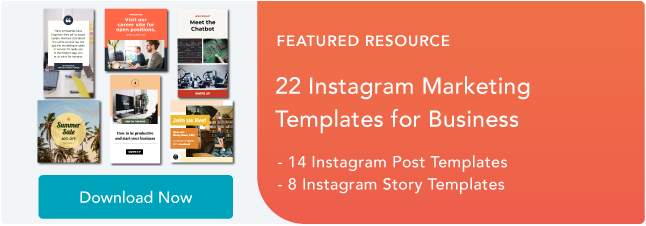

![Download Now: Social Media Trends in 2022 [Free Report]](https://i4lead.com/wp-content/uploads/2022/01/3dc1dfd9-2cb4-4498-8c57-19dbb5671820.png)

![→ Click here to download leadership lessons from HubSpot founder, Dharmesh Shah [Free Guide].](https://i4lead.com/wp-content/uploads/2022/01/4e634041-e1ce-4a85-8e65-aea12fc10b84.png)

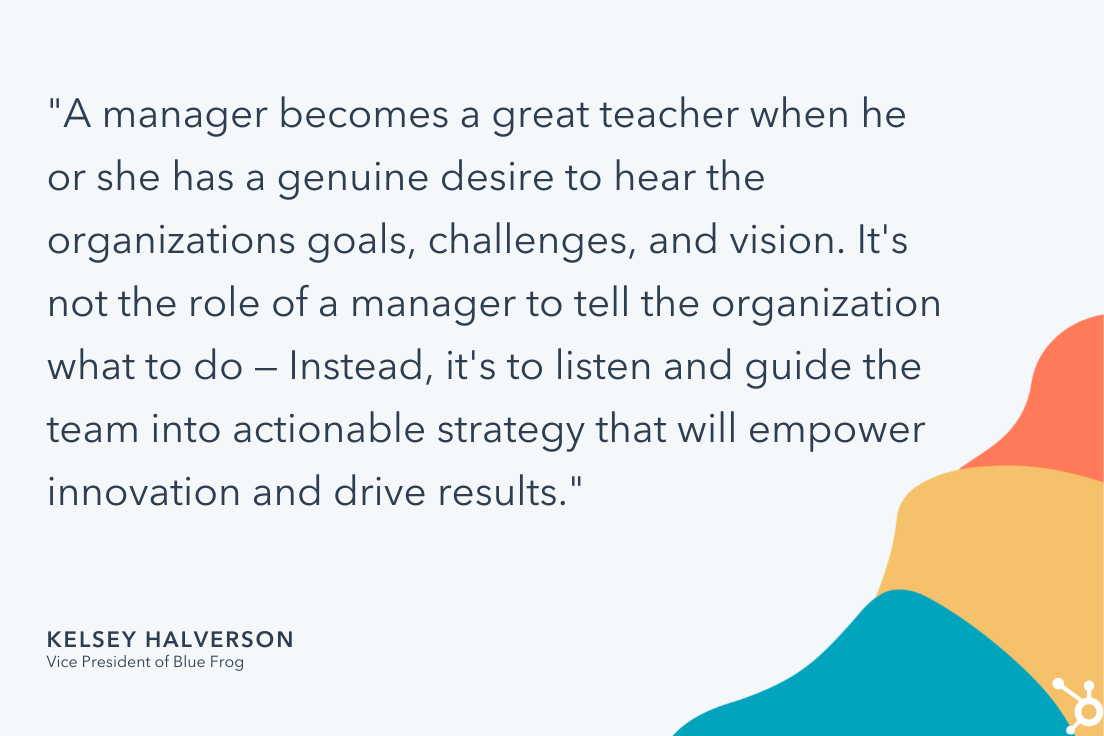
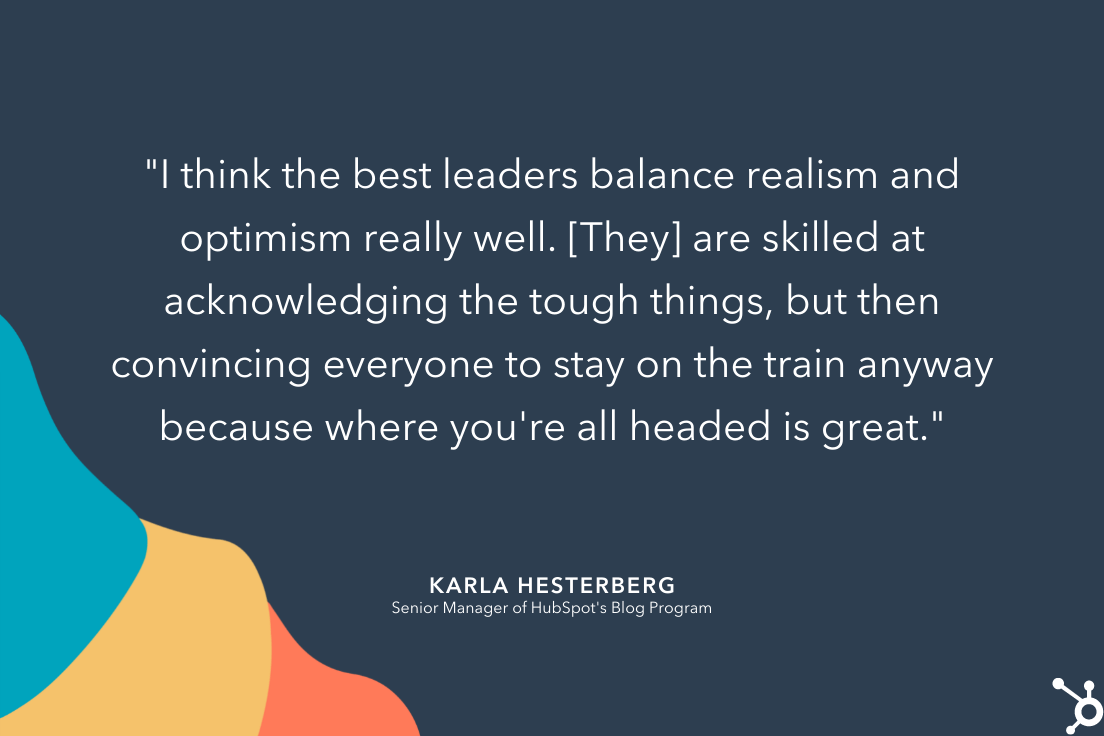


 Takeaways:
Takeaways: 
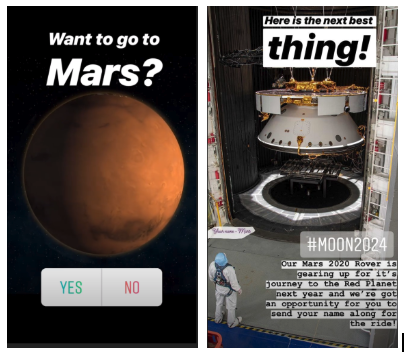
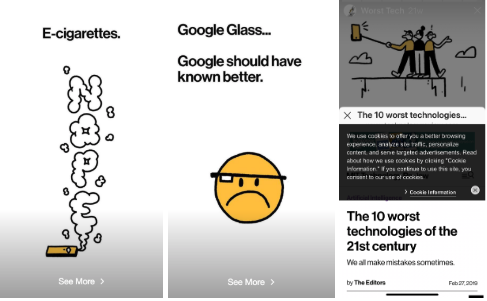
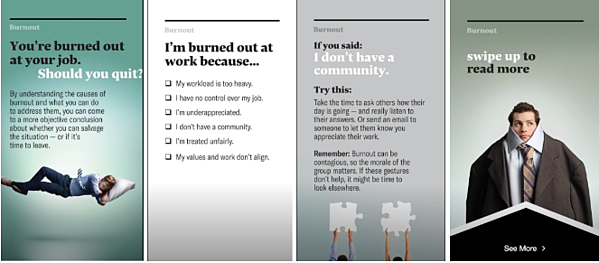





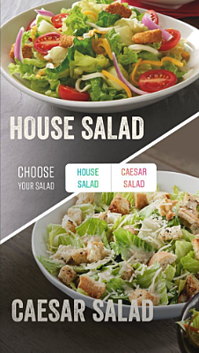


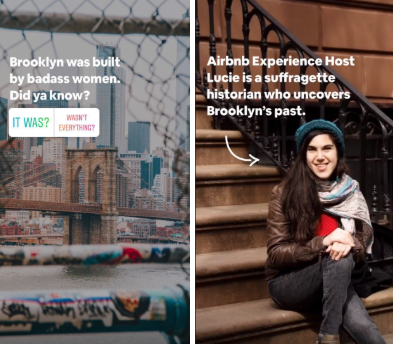

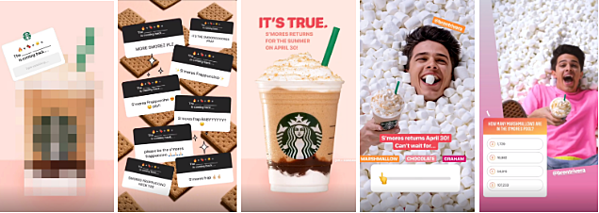









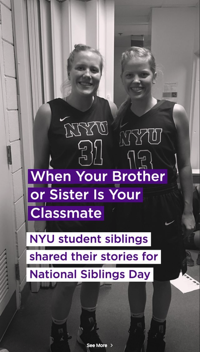

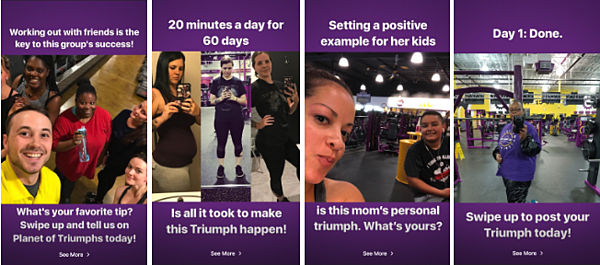





![→ Download Now: Free Product Marketing Kit [Free Templates]](https://i4lead.com/wp-content/uploads/2022/01/08b5e1f4-5d26-405b-b986-29c99bd0cb14.png)
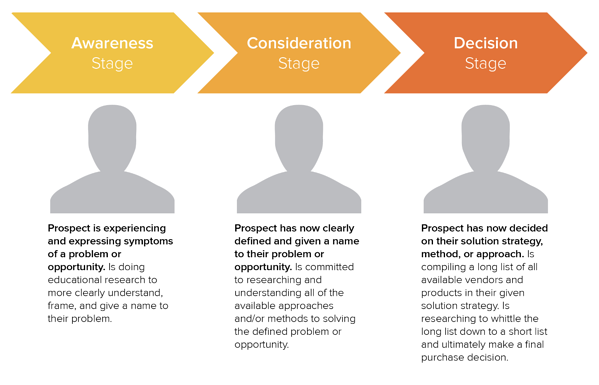
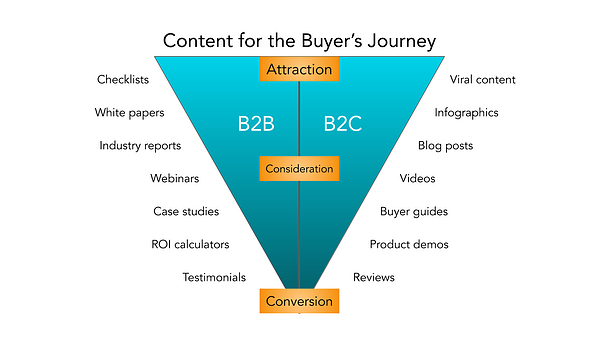
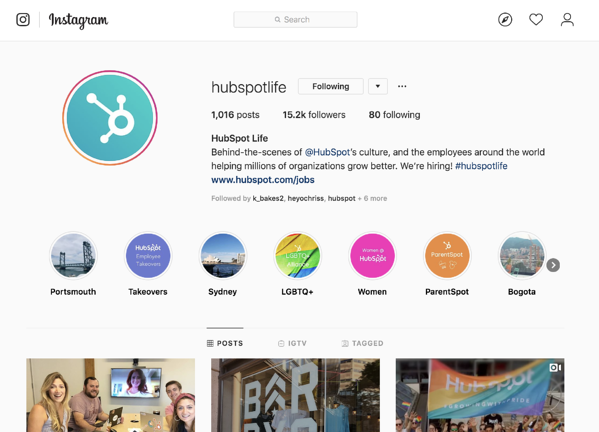
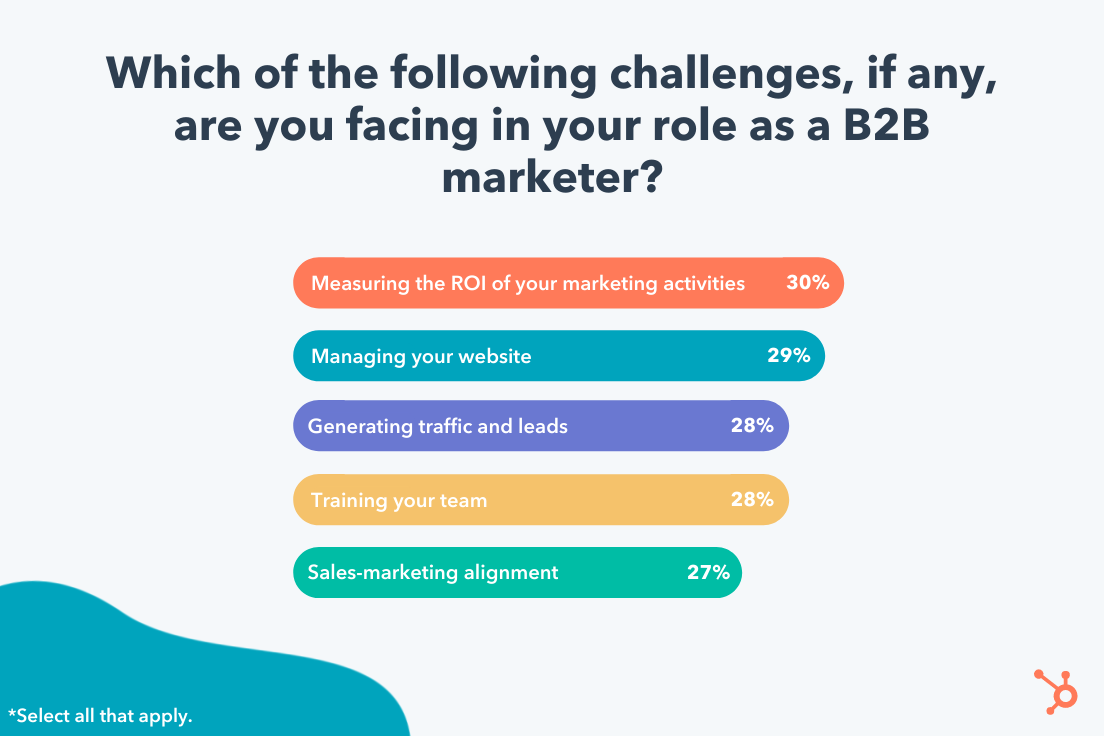


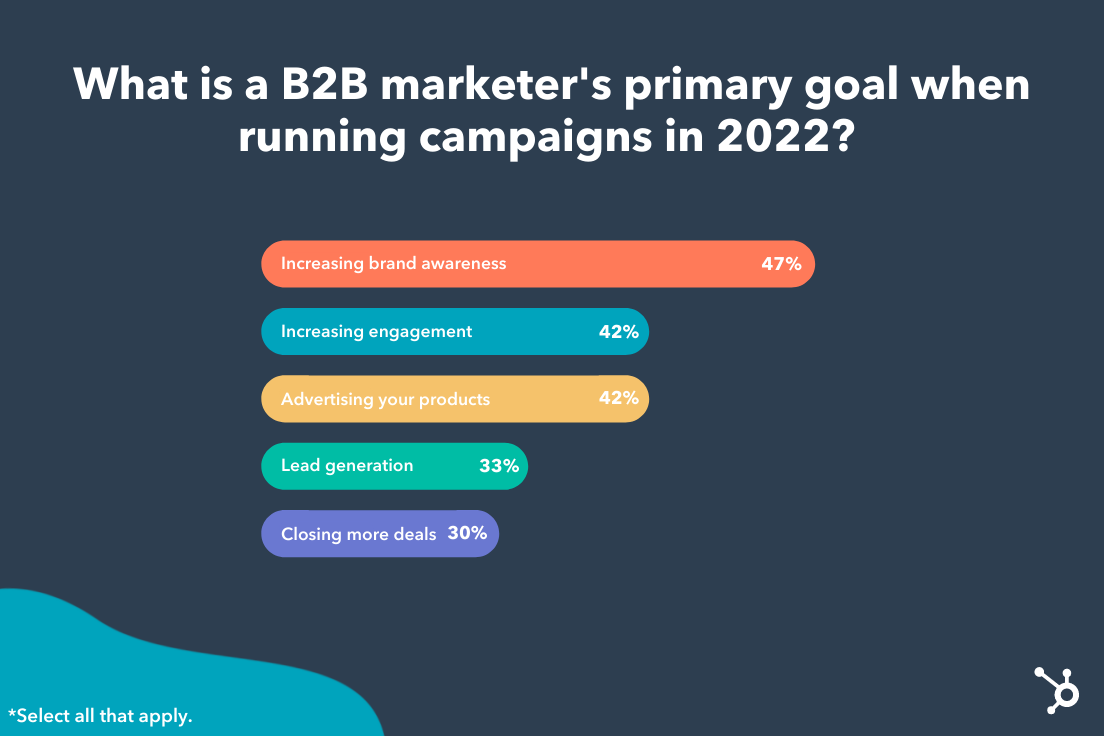 5. Some marketers plan to stop leveraging podcasts and audio content in 2022, while others will stop implementing VR and AR.
5. Some marketers plan to stop leveraging podcasts and audio content in 2022, while others will stop implementing VR and AR. 
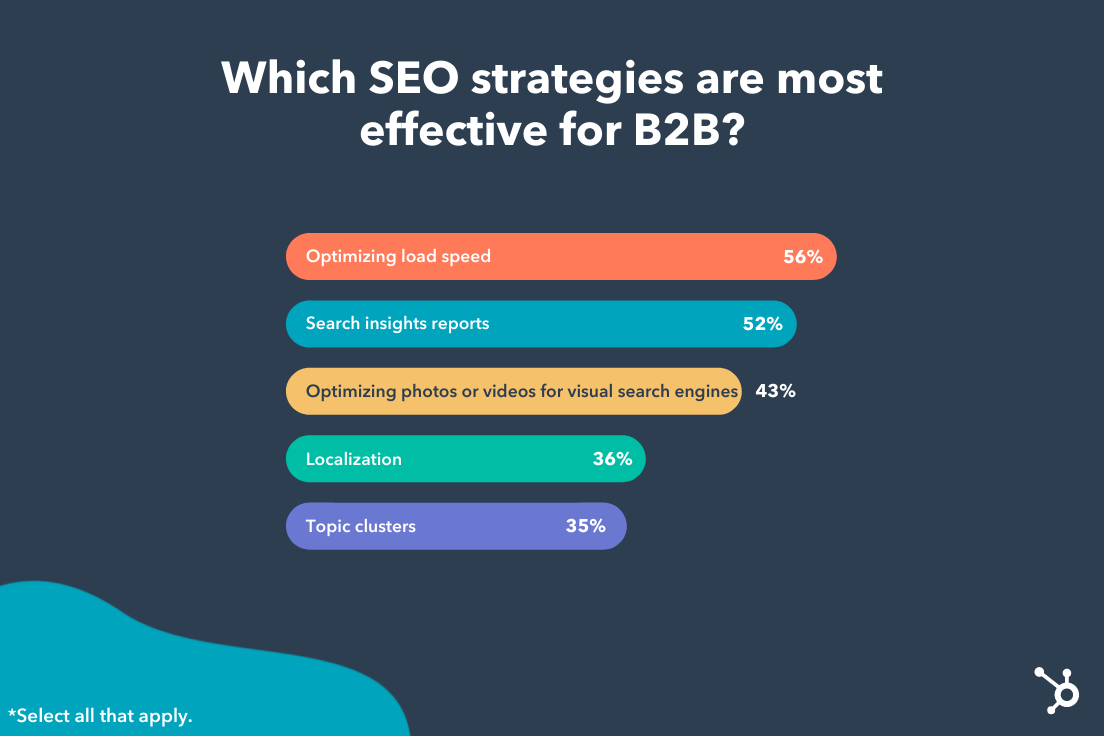

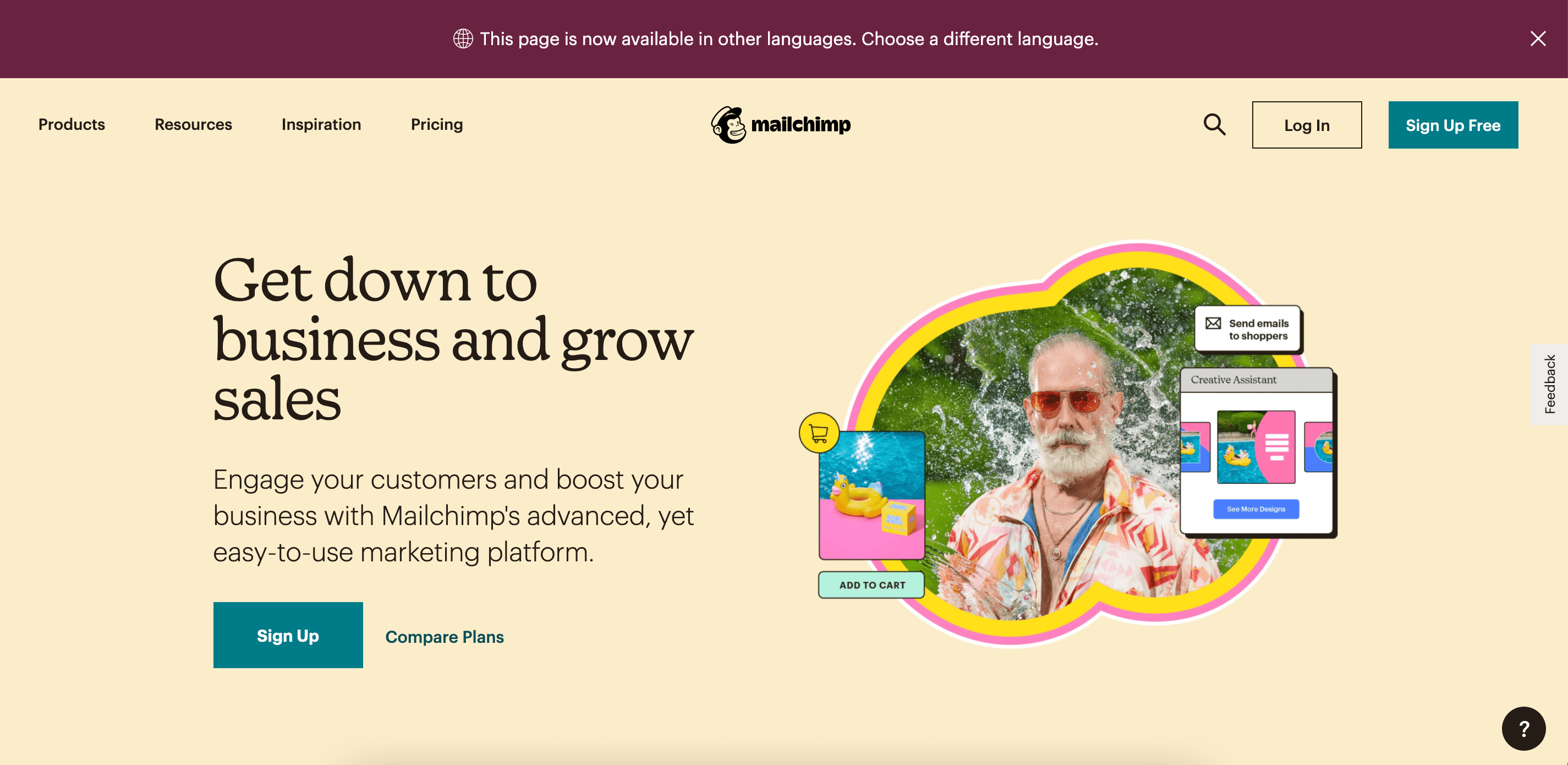

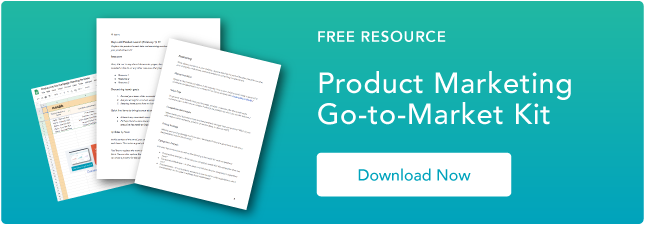
![→ Free Report: The Executive Marketing Leadership Survey [Download Now]](https://i4lead.com/wp-content/uploads/2022/01/41a58f0d-a829-4a22-840a-327a243d781a-1.png)


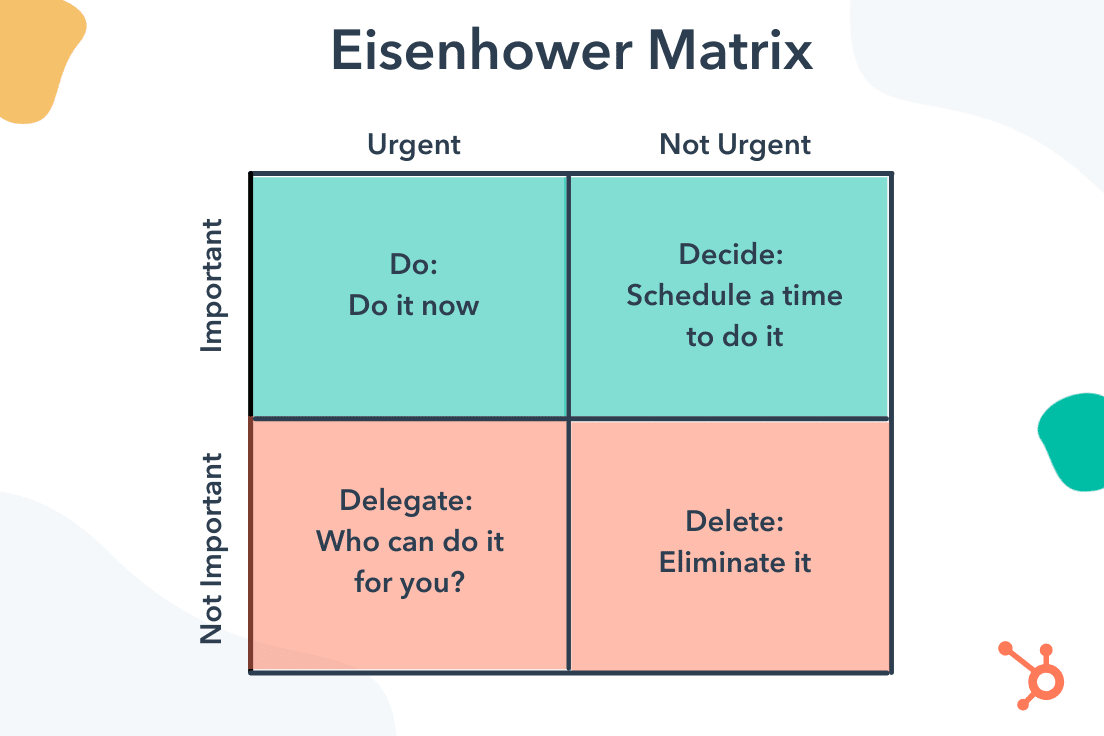

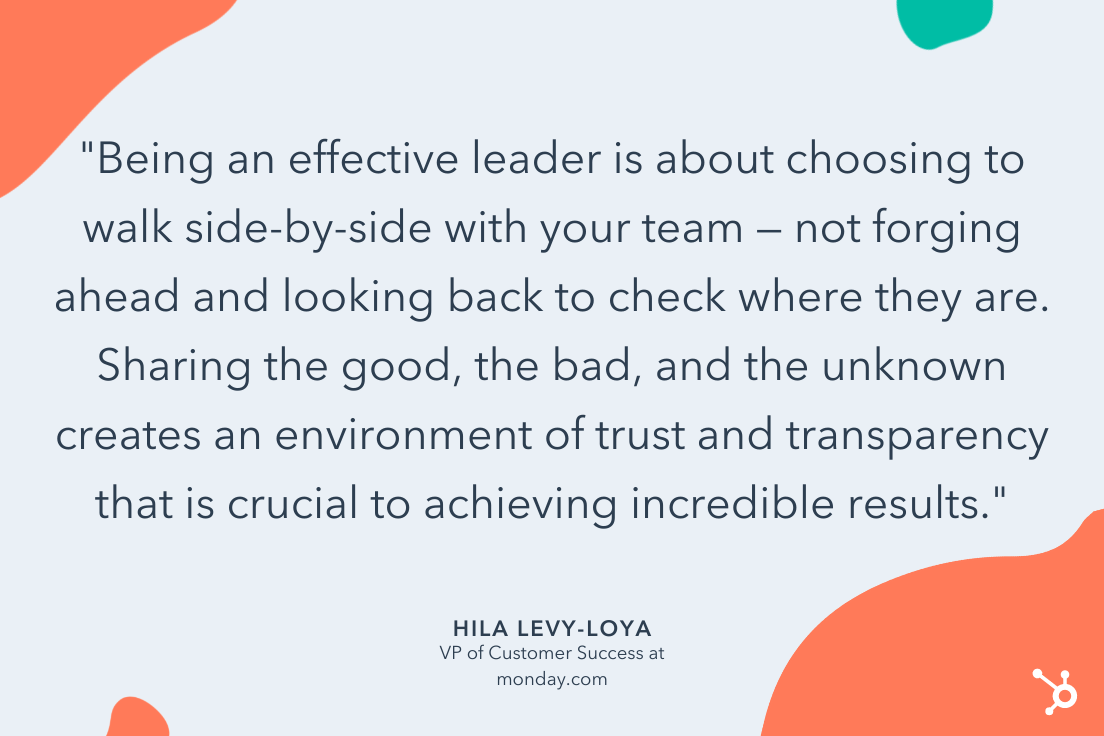


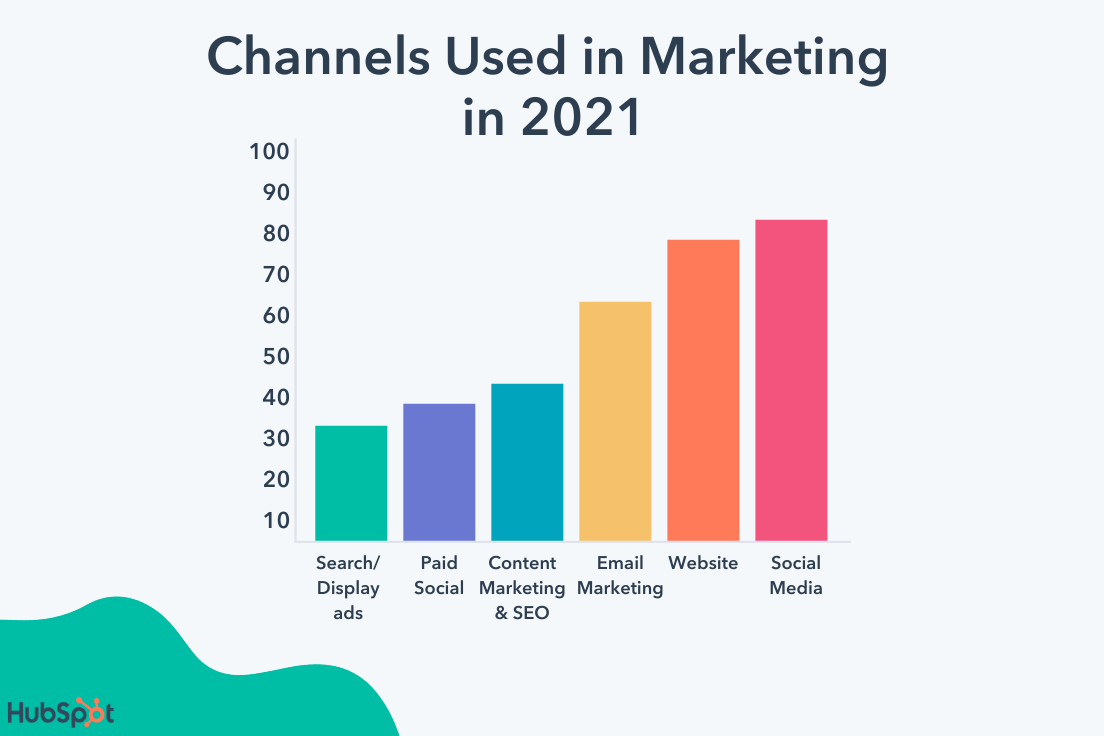
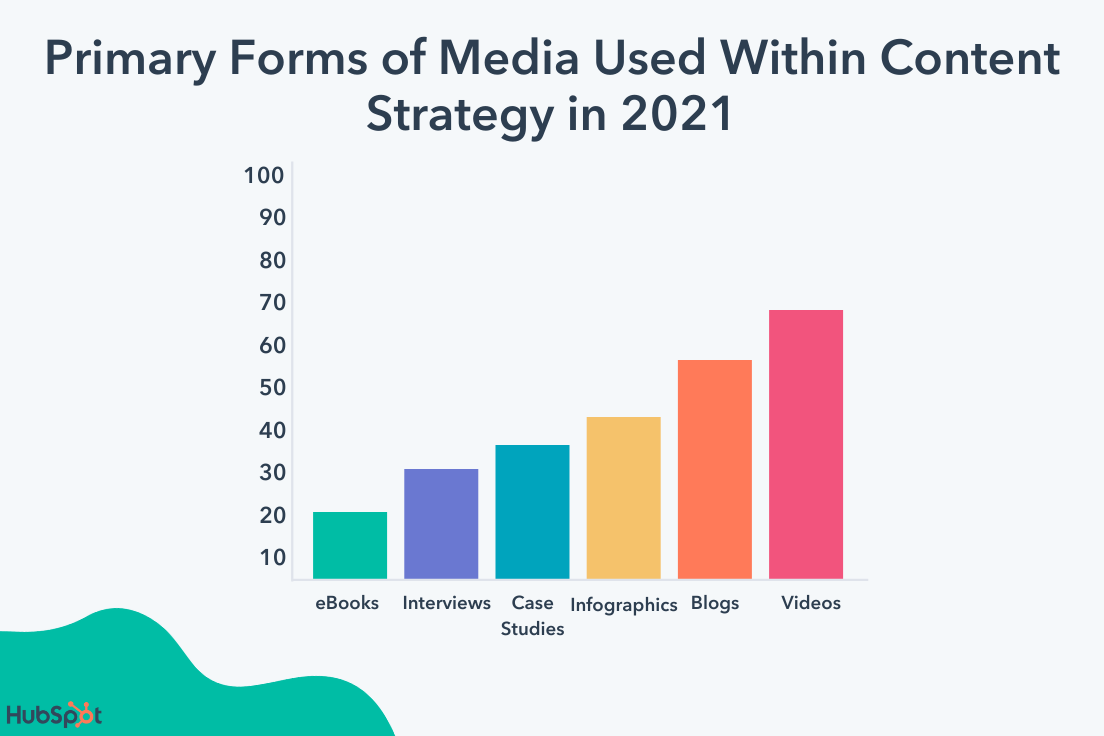
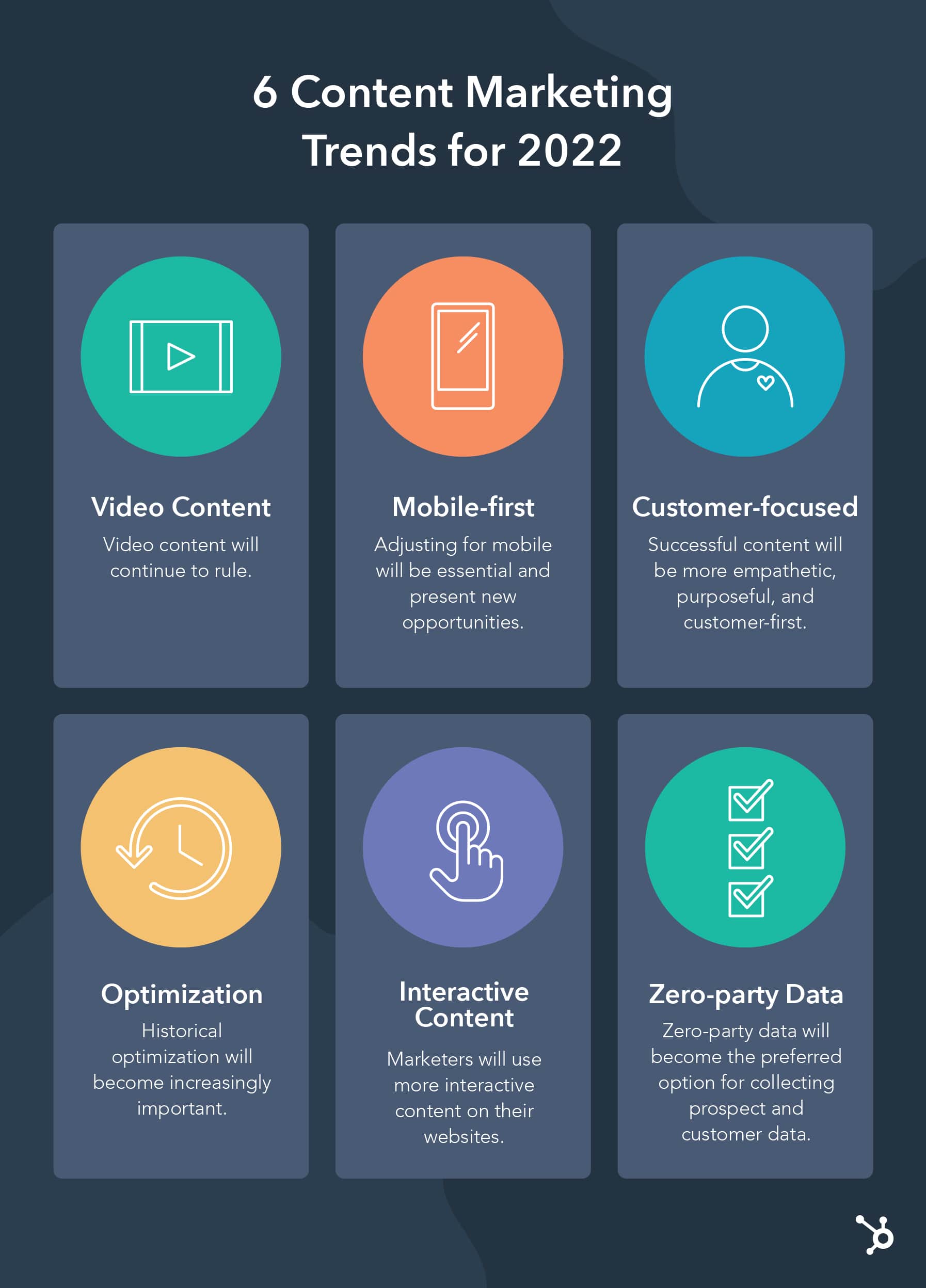
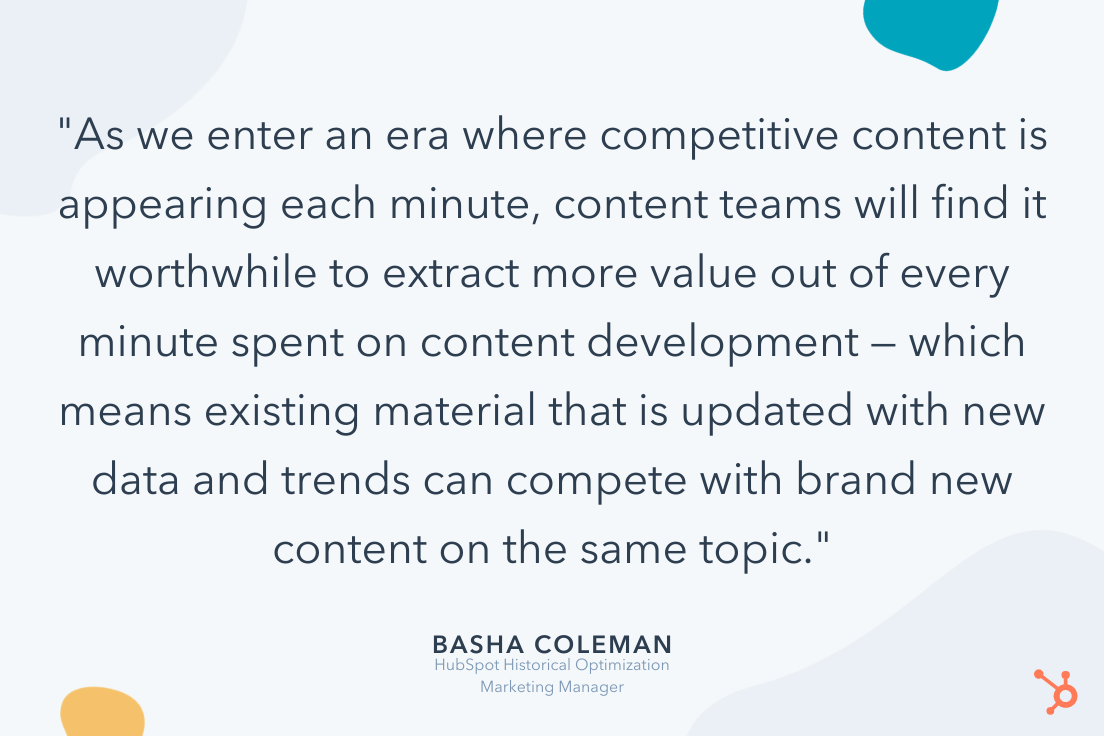
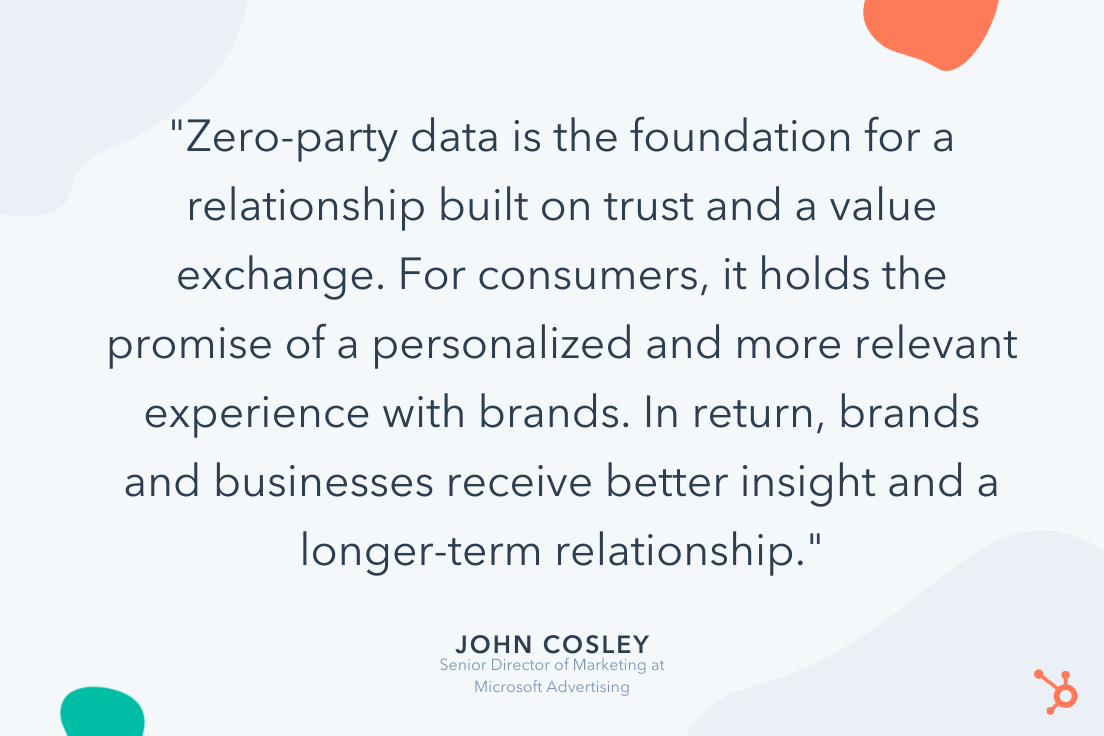 Using zero-party data enables you to create trust between your brand and its consumers, while also ensuring you’re delivering the most personalized content possible for your customers. As other types of data collection are phased out — including
Using zero-party data enables you to create trust between your brand and its consumers, while also ensuring you’re delivering the most personalized content possible for your customers. As other types of data collection are phased out — including 


 Flo is a great example of how effective a fictional person can be as a brand character. She’s highly recognizable and always communicates the perks of using Progressive over other insurance companies. Flo has more than 68,000 followers on
Flo is a great example of how effective a fictional person can be as a brand character. She’s highly recognizable and always communicates the perks of using Progressive over other insurance companies. Flo has more than 68,000 followers on  Not to be left out, fellow insurance company GEICO’s quirky gecko character also has a following of their own. Is he Australian or British? No one knows for sure, but we do know we can save on car insurance by switching to GEICO because this gecko brand character is incredibly good at what he does. To play up the character’s popularity, GEICO even
Not to be left out, fellow insurance company GEICO’s quirky gecko character also has a following of their own. Is he Australian or British? No one knows for sure, but we do know we can save on car insurance by switching to GEICO because this gecko brand character is incredibly good at what he does. To play up the character’s popularity, GEICO even  Reddit’s Snoo alien character can be found throughout its website and even has its own thread. The genderless and colorless alien has come to not only represent the company, but also its target audience: everyone. Reddit appeals to everyone and serves as a forum where users from any background can share news, their hobbies, other types of content, and host discussions on just about any topic. It’s the internet’s hub for “everyday people” (plus aliens of course), and Snoo reflects that.
Reddit’s Snoo alien character can be found throughout its website and even has its own thread. The genderless and colorless alien has come to not only represent the company, but also its target audience: everyone. Reddit appeals to everyone and serves as a forum where users from any background can share news, their hobbies, other types of content, and host discussions on just about any topic. It’s the internet’s hub for “everyday people” (plus aliens of course), and Snoo reflects that.